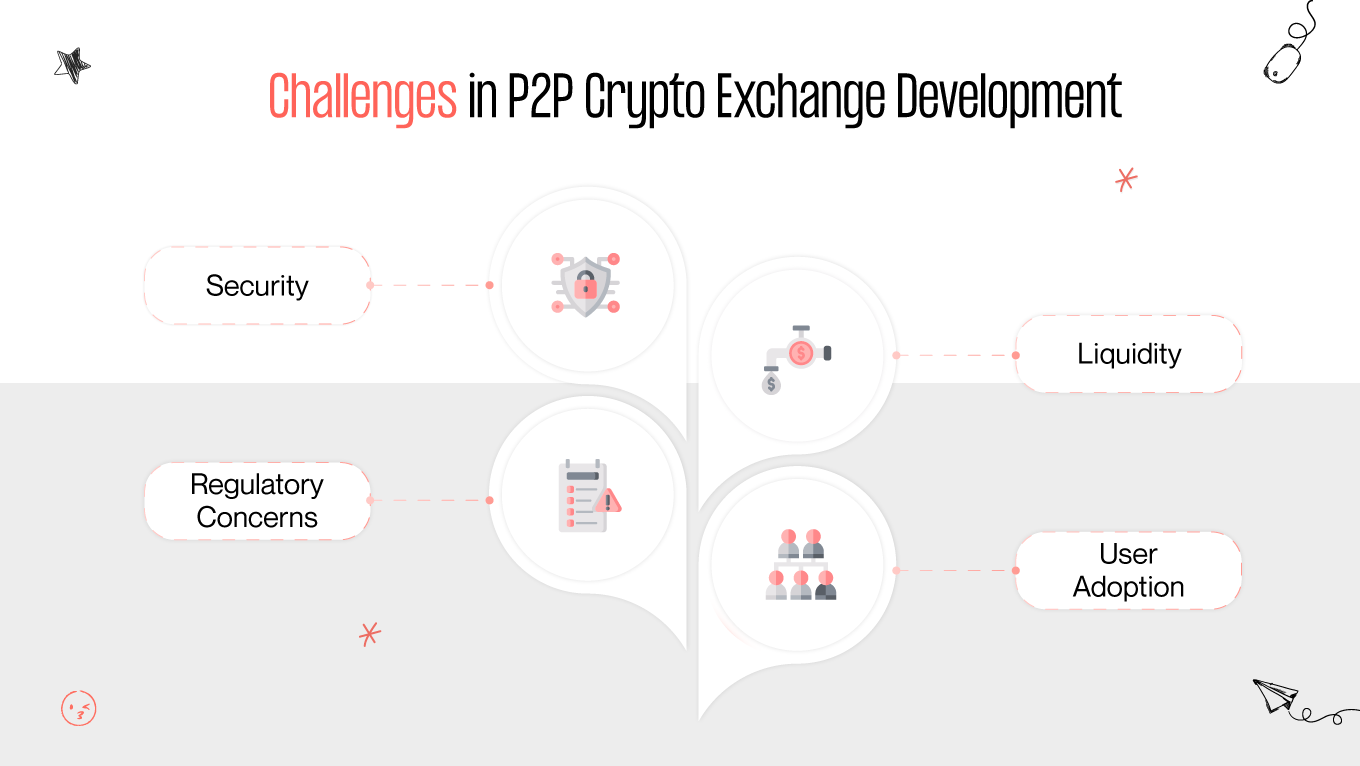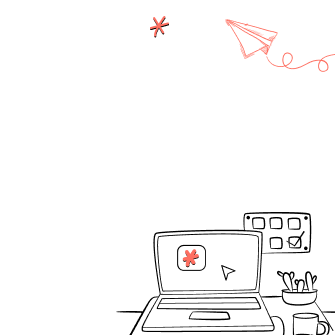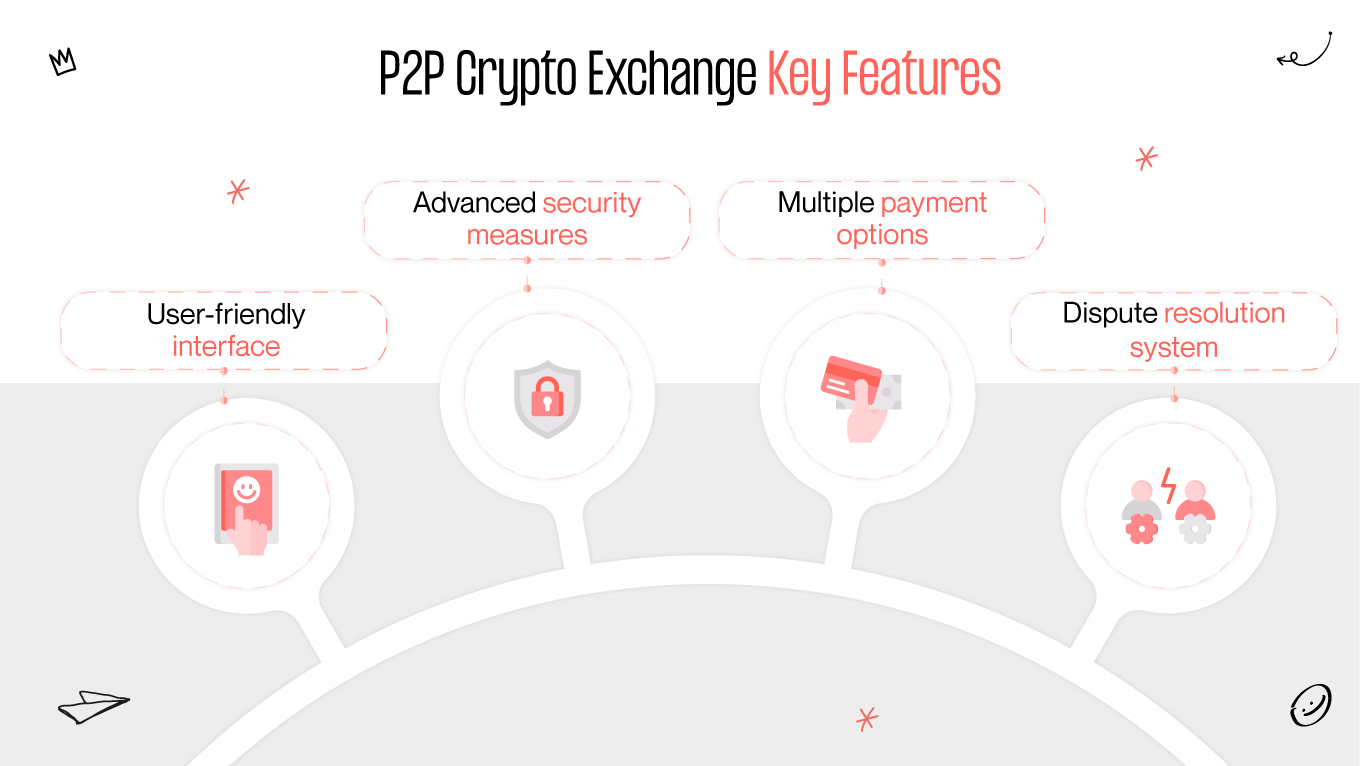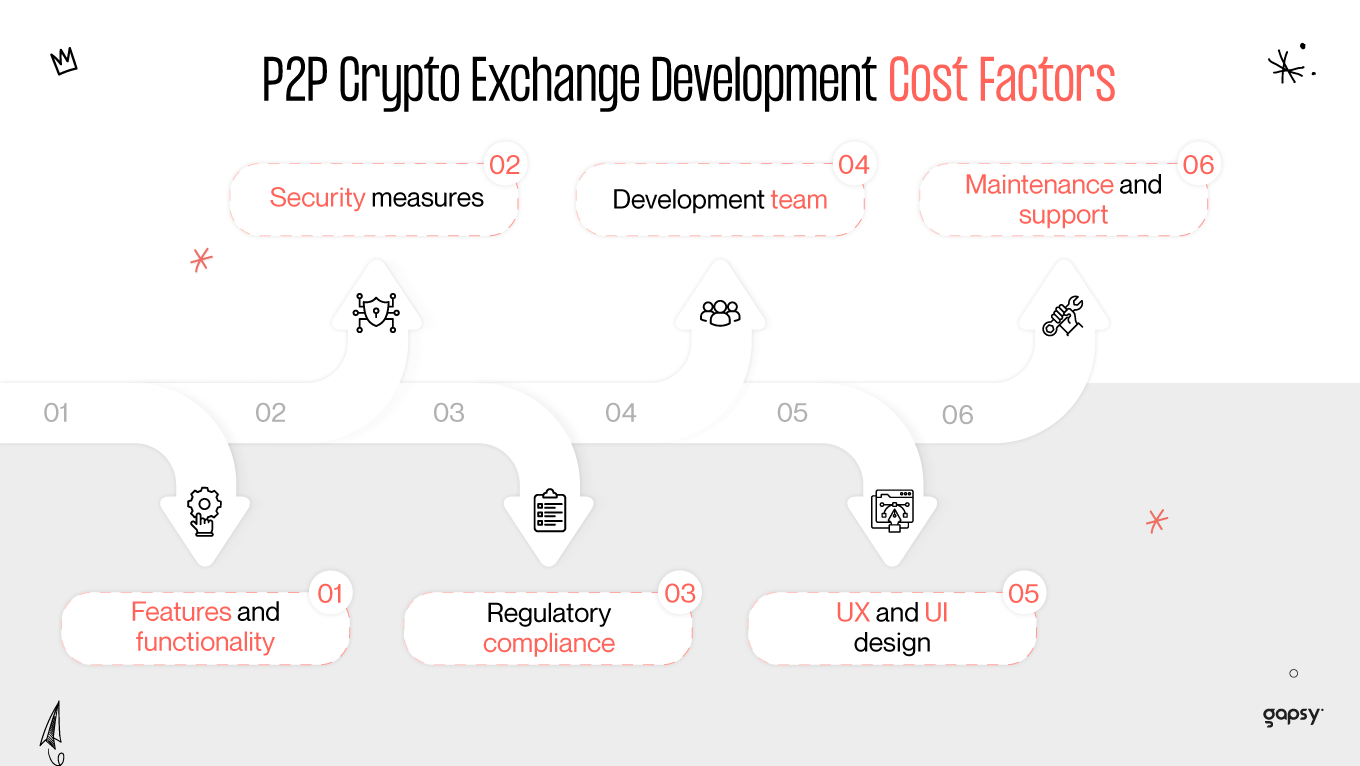P2P crypto exchanges are a beacon of decentralization and user empowerment in digital finance. They offer a dynamic alternative to traditional, centralized exchanges, allowing users to trade cryptocurrencies with one another directly, unburdened by intermediaries and regulatory constraints. This decentralized approach aligns with the original essence of cryptocurrencies and opens the doors to a more inclusive and globally accessible financial ecosystem. Join us to discover the world of P2P crypto exchange development!










